The trouble with Trovatore, Verdi’s sometimes barrel-organish, slightly middle-aged troubadour, isn’t so much the silly shocker of a plot, triggered by a gypsy so crazed with vengeance that she throws her own baby on a bonfire by mistake, as the choppy dramatic line, so hard to thread. Under the circumstance, Adele Thomas’s medieval-hell production could have been a lot worse, and the vocal quality is there throughout under Antonio Pappano’s watchful guidance.
Two of the cast are officially new to the run, though soprano Rachel Willis-Sørensen had already replaced Marina Rebeka in some performances (I don’t know if Rebeka was also struck by the Covid that forced star attraction Jamie Barton to withdraw temporarily, though I’m happy to say Barton was back last night).  What an insanely taxing role the “angel” Leonora is, and yet Willis-Sørensen (pictured above by Olivia Kahler - images for second cast are due in July) has everything it takes: an opulent lower register (essential for the “Miserere” especially), agility in the runs, an ability to open up to peak top notes in the many arching phrases, and effortless breath control that allowed her to take as one phrase what’s normally broken into two at the start of the first aria, “Tacea la notte placida”. She could probably be asked to act convincingly more than she does, too. Thomas doesn’t avoid what she says she wants to in her programme interview: “four people standing still in front of a chorus".
What an insanely taxing role the “angel” Leonora is, and yet Willis-Sørensen (pictured above by Olivia Kahler - images for second cast are due in July) has everything it takes: an opulent lower register (essential for the “Miserere” especially), agility in the runs, an ability to open up to peak top notes in the many arching phrases, and effortless breath control that allowed her to take as one phrase what’s normally broken into two at the start of the first aria, “Tacea la notte placida”. She could probably be asked to act convincingly more than she does, too. Thomas doesn’t avoid what she says she wants to in her programme interview: “four people standing still in front of a chorus".
Actually the fifth, Roberto Tagliavini as what appears to be a devil-master Ferrando surrounded by bouncing demons, moves about quite a bit in the opening narrative (pictured below). But the others actually aren’t asked to move that much; more often a Spamalot-ish chorus wanders and waggles and waves around them (at least it’s choreographed, a notch up on Katharina Thomas’s messy Un ballo in maschera here, and Annemarie Woods has fun - perhaps too much fun - with the costumes). 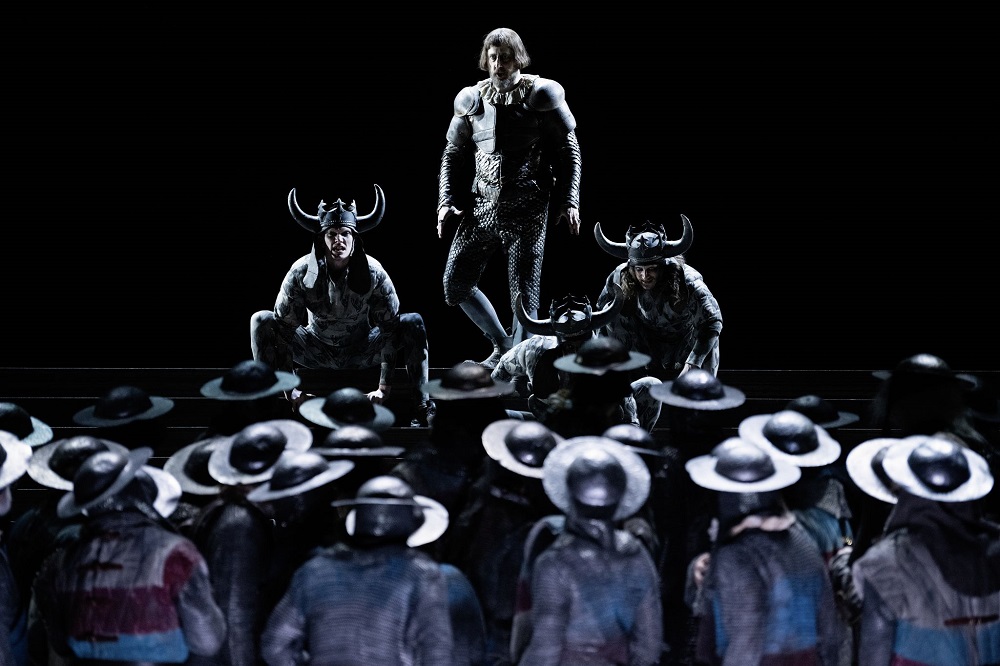 Leonora has some byplay with companion Ines but usually either stands still or sits on various steps of the staircase a la Kosky Carmen which supposedly gives the impression of movement. Willis-Sørensen certainly needs to muster and focus vocal forces in the massive scene strewn with tortured bodies and dismembered limbs in front the prison where lover Manrico is held – and she does, magnificently. Ludovic Tézier as the rat Count di Luna seems hampered by a heavy dress, and simply delivers – very well, in the case of “Il balen”, but there’s no character as such. Gregory Kunde has stepped into the cast, complete with medieval mullet, to find his way around as best he can, but there’s no real charge between the main couple. This Manrico is not quite Italianate, and not thrustingly youthful, but Kunde does have real silvery-steel cut, even if the top C in “Di quella pira” is so obviously prepared for (and adequate, when it comes).
Leonora has some byplay with companion Ines but usually either stands still or sits on various steps of the staircase a la Kosky Carmen which supposedly gives the impression of movement. Willis-Sørensen certainly needs to muster and focus vocal forces in the massive scene strewn with tortured bodies and dismembered limbs in front the prison where lover Manrico is held – and she does, magnificently. Ludovic Tézier as the rat Count di Luna seems hampered by a heavy dress, and simply delivers – very well, in the case of “Il balen”, but there’s no character as such. Gregory Kunde has stepped into the cast, complete with medieval mullet, to find his way around as best he can, but there’s no real charge between the main couple. This Manrico is not quite Italianate, and not thrustingly youthful, but Kunde does have real silvery-steel cut, even if the top C in “Di quella pira” is so obviously prepared for (and adequate, when it comes).
You can’t hold a good Azucena down, though, and Barton (pictured below) goes for every opportunity. Apart from the very climactic phrases, where she’s covered by the orchestra (at least from where I was sitting), she does it all, like Willis-Sorensen: going one better on the cutting chest voice (as any Azucena must), lunging for top emphasis and spitting out the gypsy’s vengeful fury. The essential soft singing when the imprisoned and to-be-burned mother is soothed by her putative son, in “Ai nostril monti”, truly delivers, the finishing touch beautifully etched in by Pappano’s hallucinatory sleep-phantom violins. 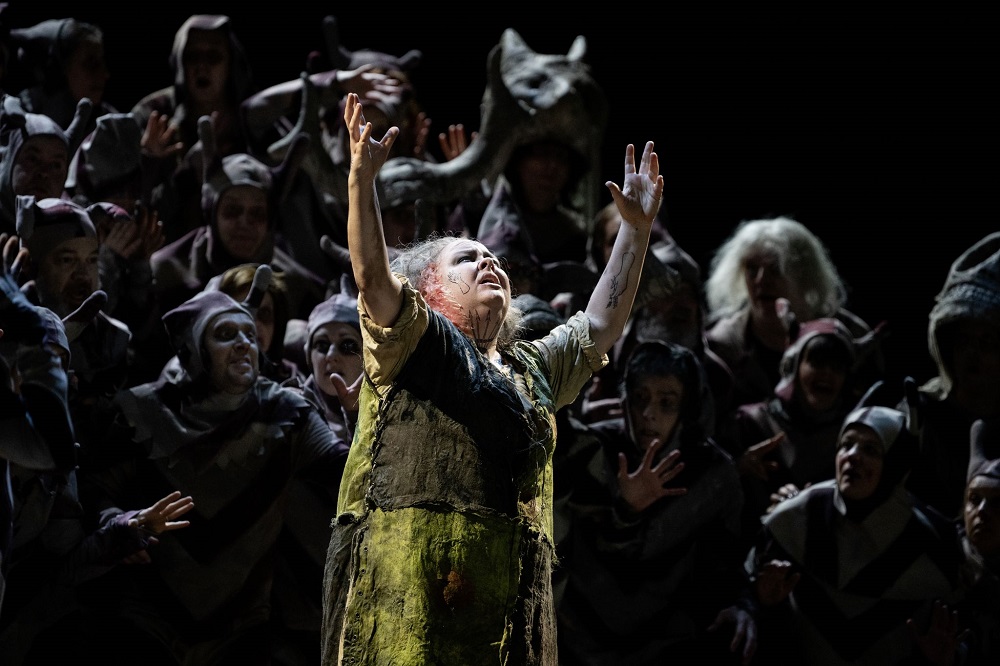 It’s good to be rid here of the demons and semaphoring chorus, though they come back at the end big-time. Next time, less might be more: I’ll never forget my first experience of Trovatore at Covent Garden, the Visconti production with the scene-shifters on strike, so we got handsome costumes against a black background - which, with splashes of red is probably all you need (I have to add that an indisposed Leonora, Martina Arroyo, was replaced by Rita Hunter singing in English – memorably, to Carlo Bergonzi’s Manrico, with “what are you saying? I cannot understand you”). This is a case of stirred but not shaken. Perhaps it’s time simply to do Trovatore in concert and leave it at that.
It’s good to be rid here of the demons and semaphoring chorus, though they come back at the end big-time. Next time, less might be more: I’ll never forget my first experience of Trovatore at Covent Garden, the Visconti production with the scene-shifters on strike, so we got handsome costumes against a black background - which, with splashes of red is probably all you need (I have to add that an indisposed Leonora, Martina Arroyo, was replaced by Rita Hunter singing in English – memorably, to Carlo Bergonzi’s Manrico, with “what are you saying? I cannot understand you”). This is a case of stirred but not shaken. Perhaps it’s time simply to do Trovatore in concert and leave it at that.



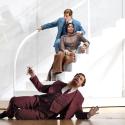






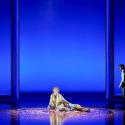


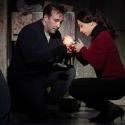

Add comment